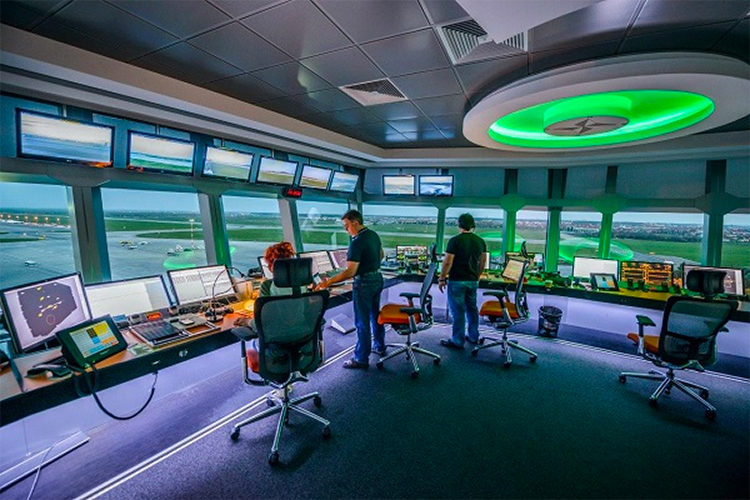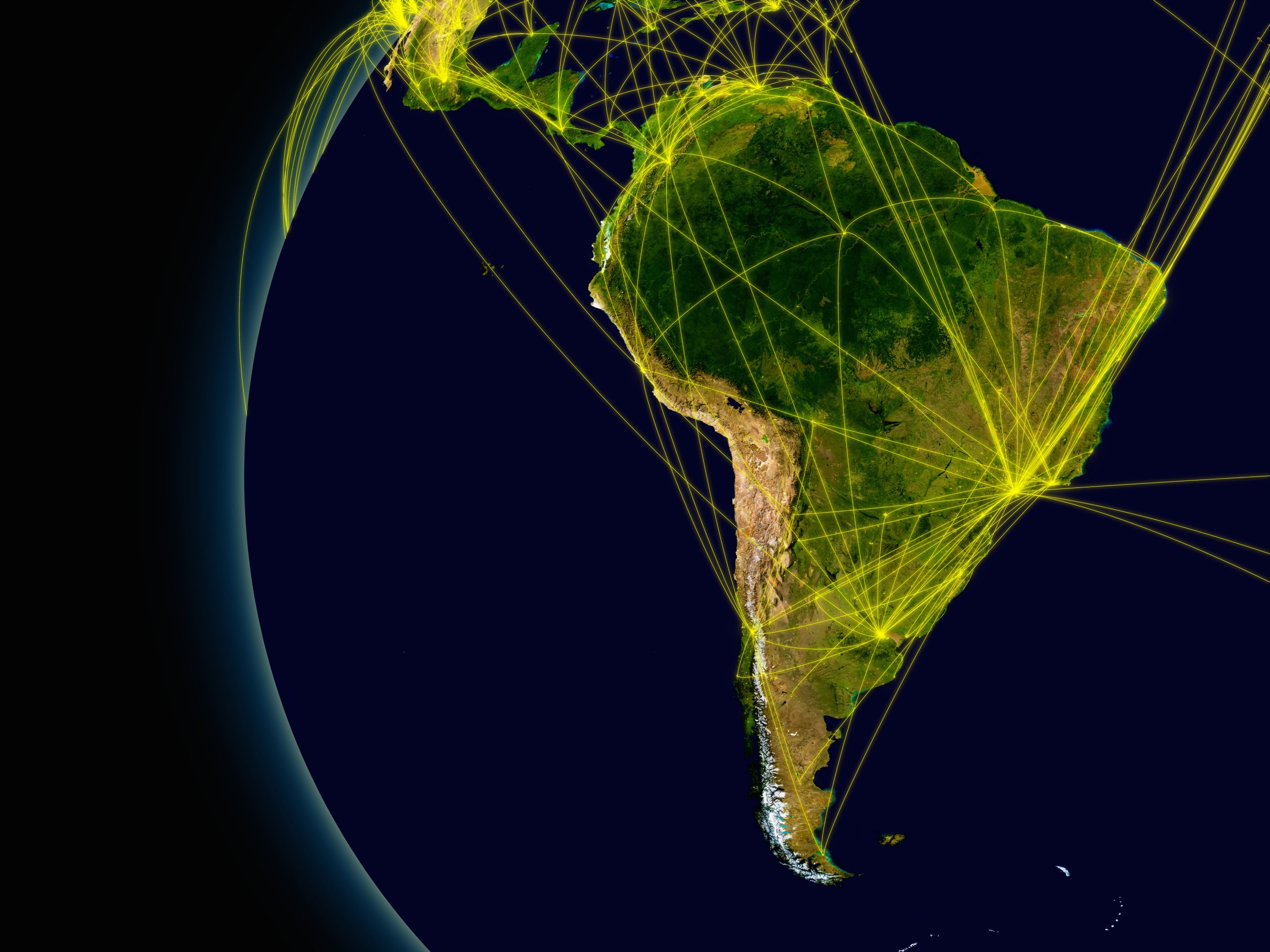Soaring Ambition Above São Paulo: Drones, eVTOLs, and the Next Phase of Brazil’s Airspace
Attending the recent Expo eVTOL 2025 in São Paulo was a revelation. The event was a vivid showcase of Brazil’s booming Advanced Air Mobility (AAM) and drone ecosystem. More than just a trade fair, it featured lively panel tracks like “eVTOLs in the Urban Air Mobility Ecosystem,” alongside parallel events like DroneShow Robotics.
A National Stage Takes Shape
Standouts included ANAC (Brazil’s National Civil Aviation Agency) and DECEA (the Airspace Control Department of the Brazilian Air Force), both present as exhibitors and panel participants. Their proactive role—setting regulatory pathways and sharing insights—underscores Brazil’s genuine readiness to lead AAM deployment.
On the private side, TUPAN Aircraft, a São José dos Campos-based drone innovator, showcased industrial-grade VTOLs with payload capacities of up to 400 kg, targeting sectors such as agribusiness, logistics, and emergency response.
Meanwhile, Eve Air Mobility, a subsidiary of Embraer, presented the first iteration of its eVTOL e-motion control system—part of its fully electric, zero-emission aircraft. Eve also recently reached a major milestone: ANAC published its airworthiness criteria, establishing the basis for future type certification in Brazil. This paves the way for certification and entry into service from 2026 onwards.
Adding to the international dimension, Brazil’s Speedbird Aero recently partnered with UrbanV to co-develop drone cargo and AAM services in Italy—an example of how Brazilian innovation is making its mark beyond domestic borders.
Beyond Urban Skies: Drones Serving the Land
While much attention is on urban air taxis, Brazil is also harnessing drone technology to support its vast rural and natural ecosystems. Drones are already being deployed for precision agriculture, helping farmers monitor crops, optimise irrigation, and increase yields with real-time data. In regions prone to wildfires or flooding, drones are improving disaster response and firefighting, providing fast aerial surveillance and even delivering supplies to remote or hazardous zones.
These applications are not only transforming how Brazil protects its land but also how it delivers public services in hard-to-reach communities.
Energising Content Across the Board
With dozens of panels and educational sessions spread over three packed days, the show balanced technical depth and strategic foresight. Everyone was clearly aligned on a vision of sustainable, integrated, and globally compatible air mobility.
DECEA and ANAC: Steering the Course
The active presence of ANAC and DECEA brought crucial credibility. They led roundtables on vertiport infrastructure, regulatory readiness, ATM integration, and UAS Traffic Management (UTM). This type of serious institutional engagement is key to ensuring AAM scales openly—and safely.
My Contribution: Unpacking Digital Airspace
On day two, I joined a session on Digitalisation of airspace alongside Captain Márcio André da Silva (DECEA) and José Airton Patricio (Atech).
My presentation focused on the recently published CATS CONOPS for Future Skies, a global industry vision that outlines the evolution of air traffic services, infrastructure, and flight rules needed to support the safe and efficient integration of all types of aircraft—including drones and eVTOLs—into shared airspace.
I walked through the full CATS framework, highlighting its three phases of transformation and key enablers such as automation, virtualisation, and performance-based operations. Special emphasis was given to how digital infrastructure and collaborative services will allow scalable, mixed operations. From trajectory-based optimisation to the evolution of flight rules, the CATS CONOPS provides a strategic roadmap for how ANSPs, regulators, and industry can co-create a digitally coordinated, inclusive, and resilient future airspace.
Brazil: A Launchpad for AAM Innovation
Expo eVTOL 2025 confirmed Brazil’s position as a rising powerhouse in Advanced Air Mobility—home to globally competitive manufacturers, forward-looking regulators, and a thriving innovation ecosystem. The event sent a strong signal: Brazil is not watching from the sidelines; it is actively shaping the skies of tomorrow.




